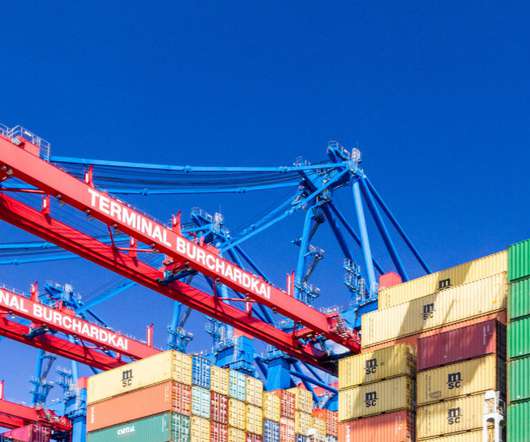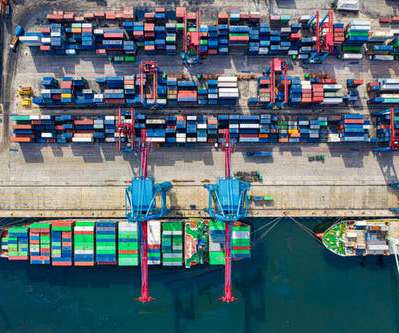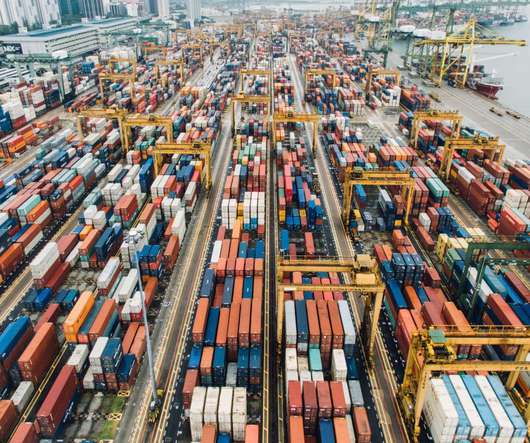TMS Delivers on NASSTRAC’s Five Common Sense Suggestions for Shippers
Supply Chain Collaborator
AUGUST 14, 2019
Using the historic shipping data captured in a TMS, shippers can make data-driven, predictive plans. TMS carrier management functions and carrier performance analytics enable a shipper to address issues early and provide insightful feedback to their carrier-partners. Step 3 – Give transportation a seat at the “adult table”.




























Let's personalize your content